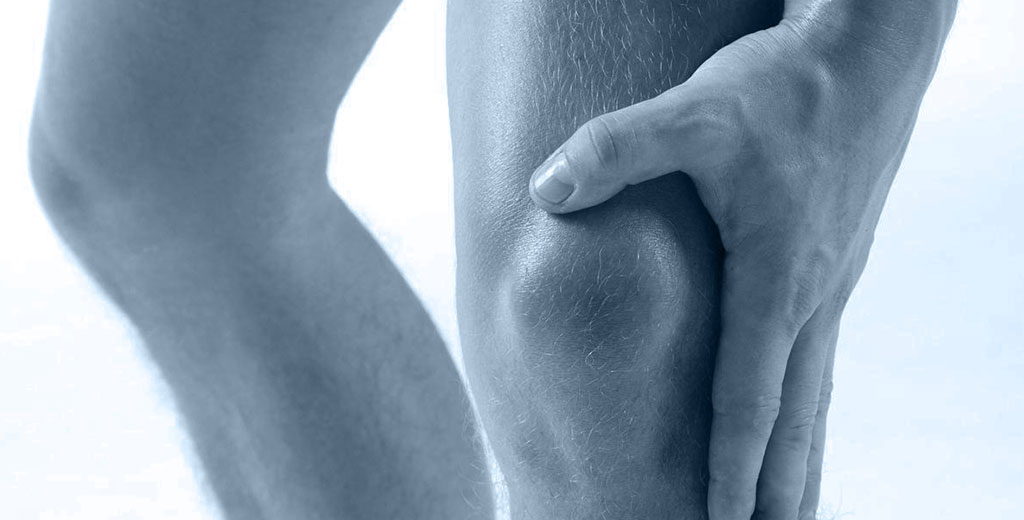When it comes to strengthening the glutes, the type of squat you choose can make a big difference. While all squat variations work the posterior chain, not all do so equally in terms of targeting specific muscles.
In this post, you’ll find the results of a surface electromyography (EMG) analysis comparing two widely used squat variations: the front squat and the back squat.
Both are technically valid options, but they show notable differences in how much they activate the gluteus maximus and medius—two key muscles for stability, strength, and injury prevention in the hip and knee.
Understanding these differences will help you better select the most appropriate variation depending on your patient’s or athlete’s goal—whether it’s building strength, rehabbing an injury, or improving movement efficiency.
And thanks to EMG, you can measure muscle activation during each exercise and make data-driven decisions.
If you’re looking for an objective guide to decide which squat activates the glutes more—and why—this analysis will give you a clear answer you can apply in daily practice.
Want to know which squat hits the glutes harder? Keep reading.
Front Squat: Technique and Results
In this variation, the bar rests on the front of the shoulders, forcing the trunk to stay more upright throughout the movement. This shifts the load and can influence which muscles work harder.

Muscle activation results (measured with EMG):
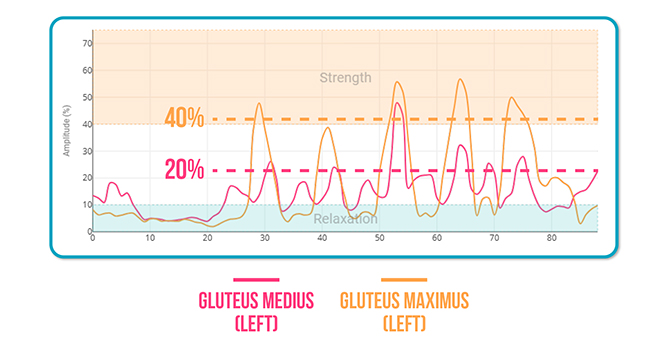
This position favors more quadriceps engagement and slightly reduces glute activation, particularly in the gluteus maximus.
Back Squat: Technique and Results
In this version, the bar rests on the traps, just behind the head. This position results in a greater forward lean of the trunk, which shifts the load pattern more toward the hips.
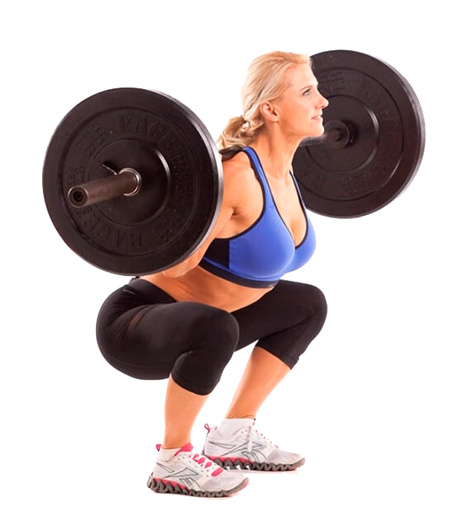
Muscle activation results (measured with EMG):

The forward trunk angle and increased hip torque demand greater gluteus maximus effort for hip extension, while the gluteus medius takes on a more demanding stabilizing role.
Muscle Activation Comparison Between Variants
- 1. Gluteus maximus: front squat vs. back squat.
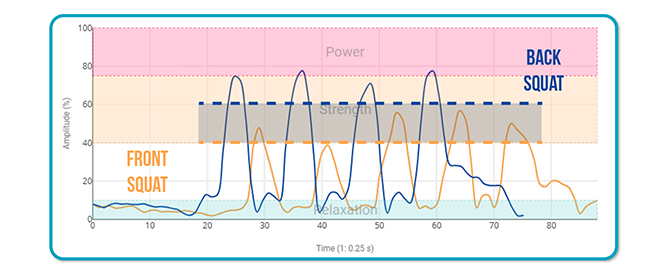
2. Gluteus medius: front squat vs. back squat
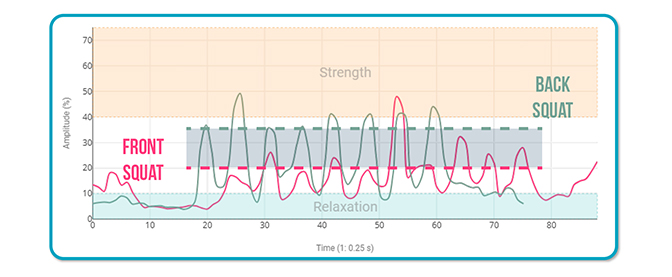
📌 Clear conclusion: The back squat activates more both gluteus maximus and medius compared to the front squat.
Why Does the Back Squat Activate the Glutes More?
- – The trunk leans more forward, increasing torque around the hip joint.
- – This requires greater gluteus maximus effort to return to a standing position.
- – Additionally, increased lateral instability demands more from the gluteus medius to stabilize the pelvis and reduces side-to-side sway.
So, if your goal is to maximize glute stimulation, the back squat is the most effective option—especially when performed with proper technique and progressive loading.
Final Conclusion
Both the front and back squat are valid exercises, but if you’re aiming for higher gluteus maximus and medius activation, the evidence shows that the back squat is superior.
Want to test it yourself or apply this analysis in your clinical practice?
With surface EMG, you can measure in real time which muscles are working harder in each exercise and adapt the routine to your patient’s real goals.
See you in the next post 🙂

